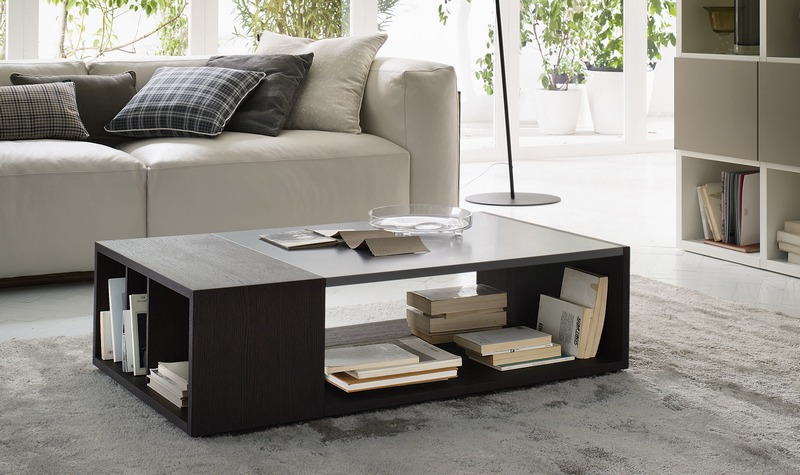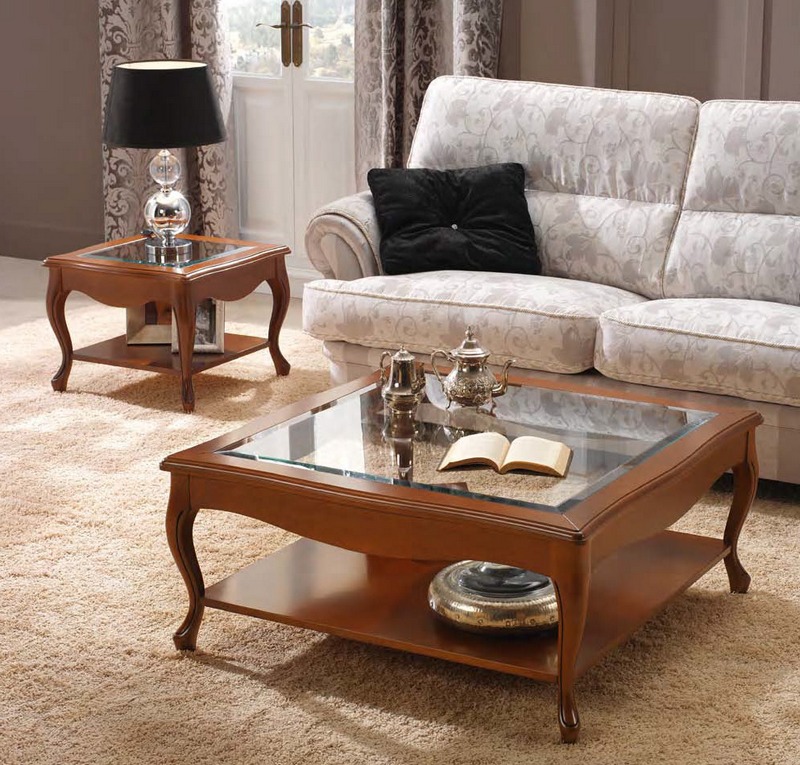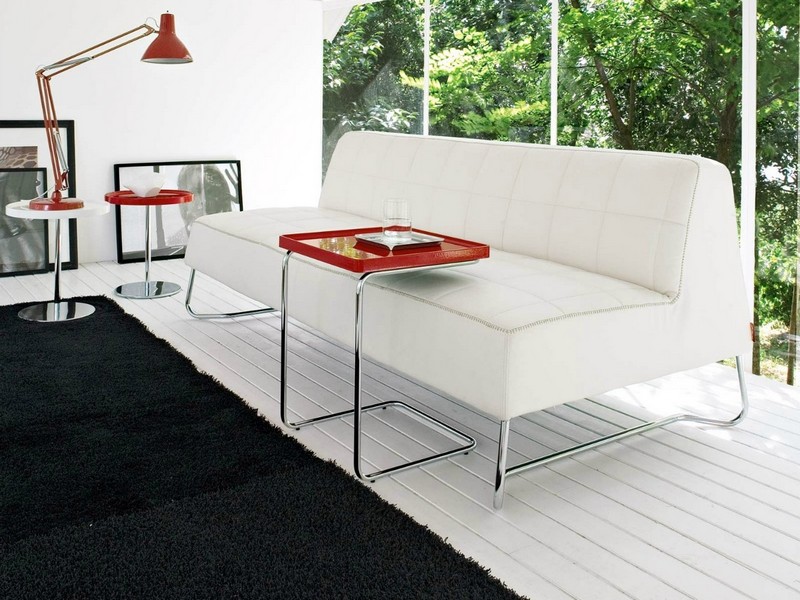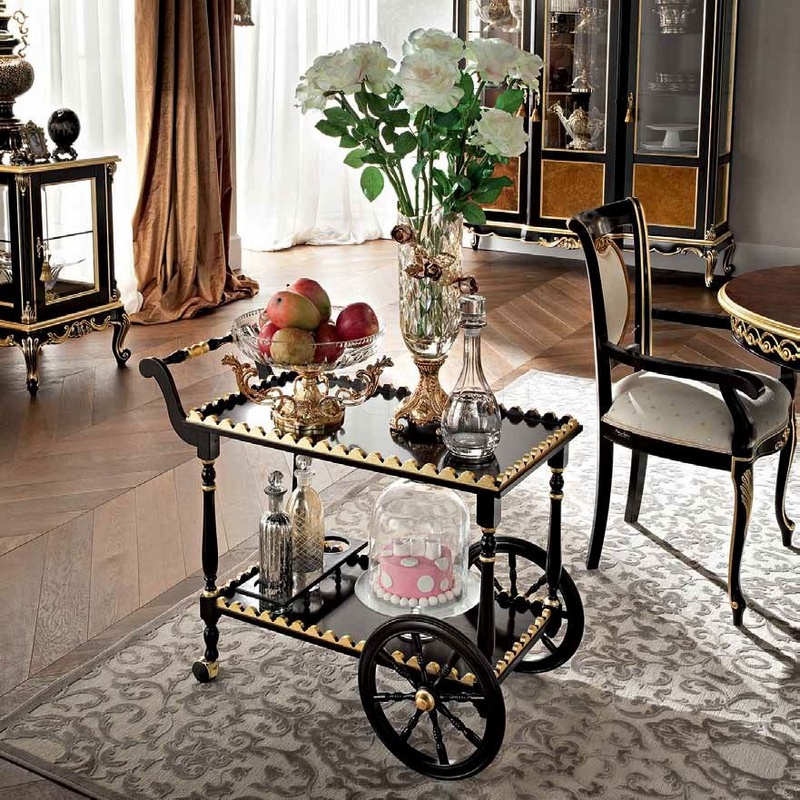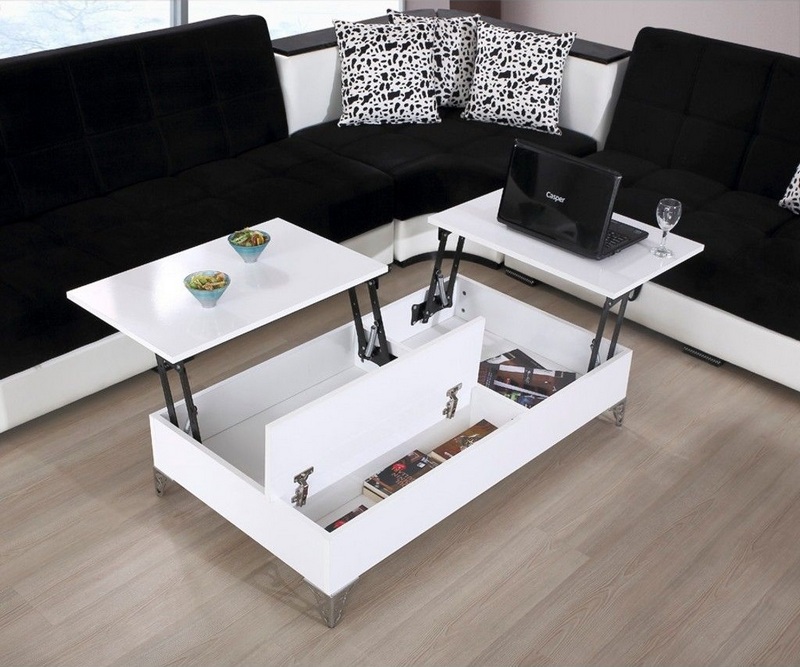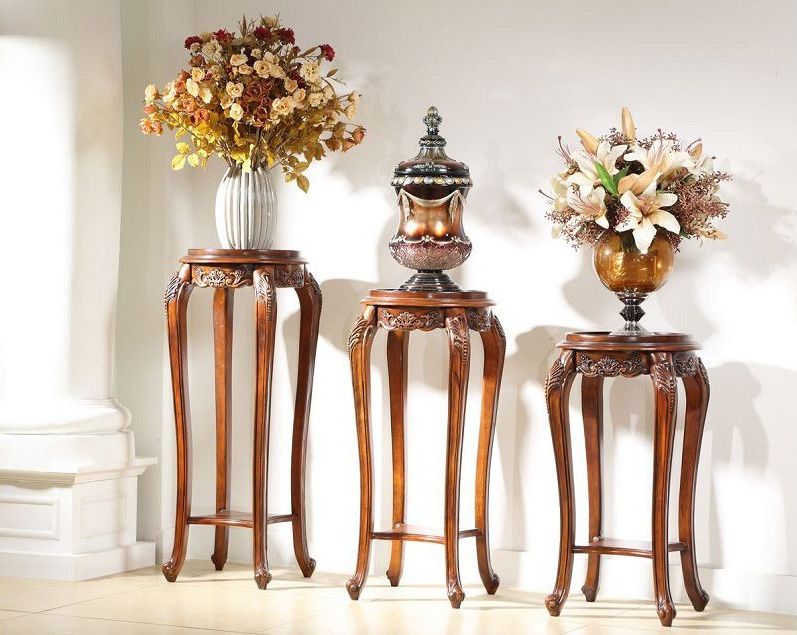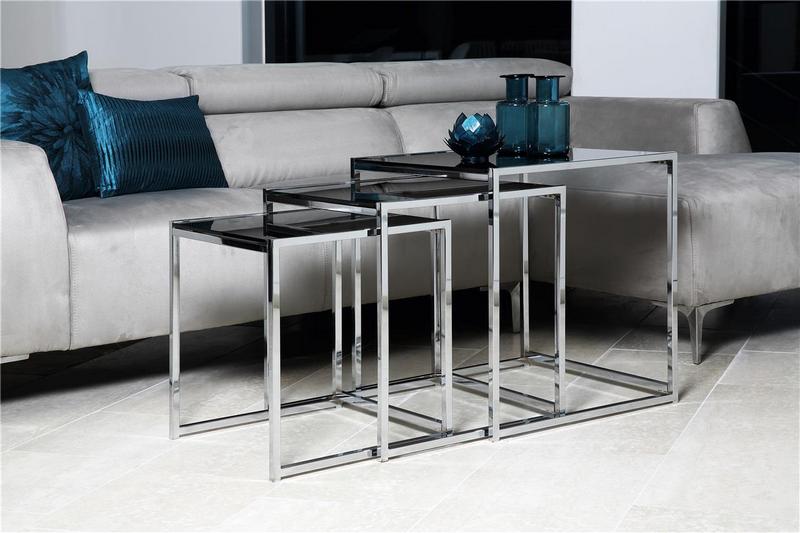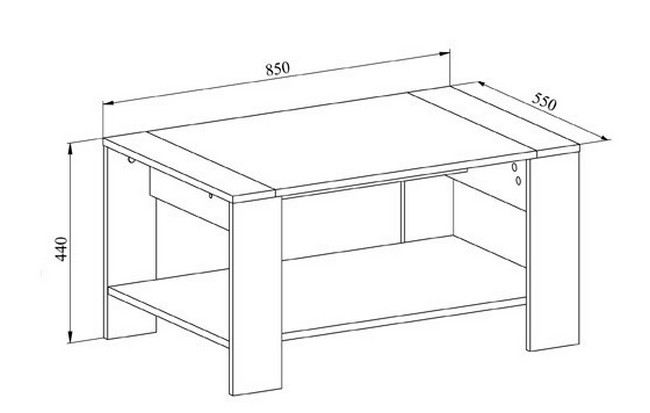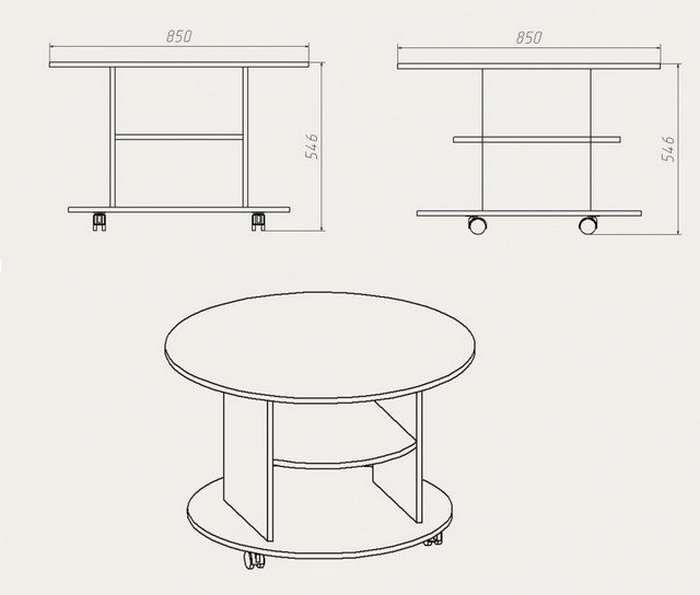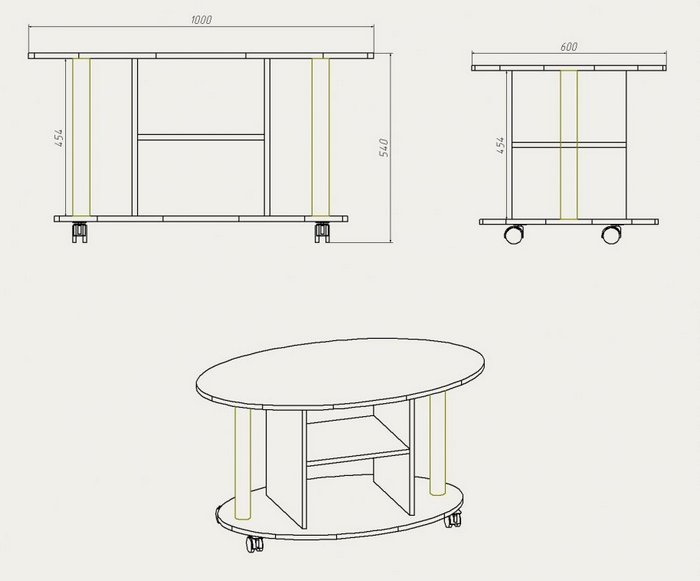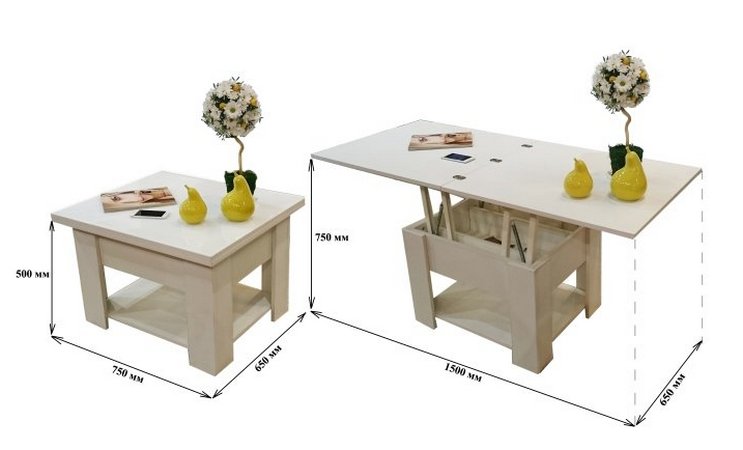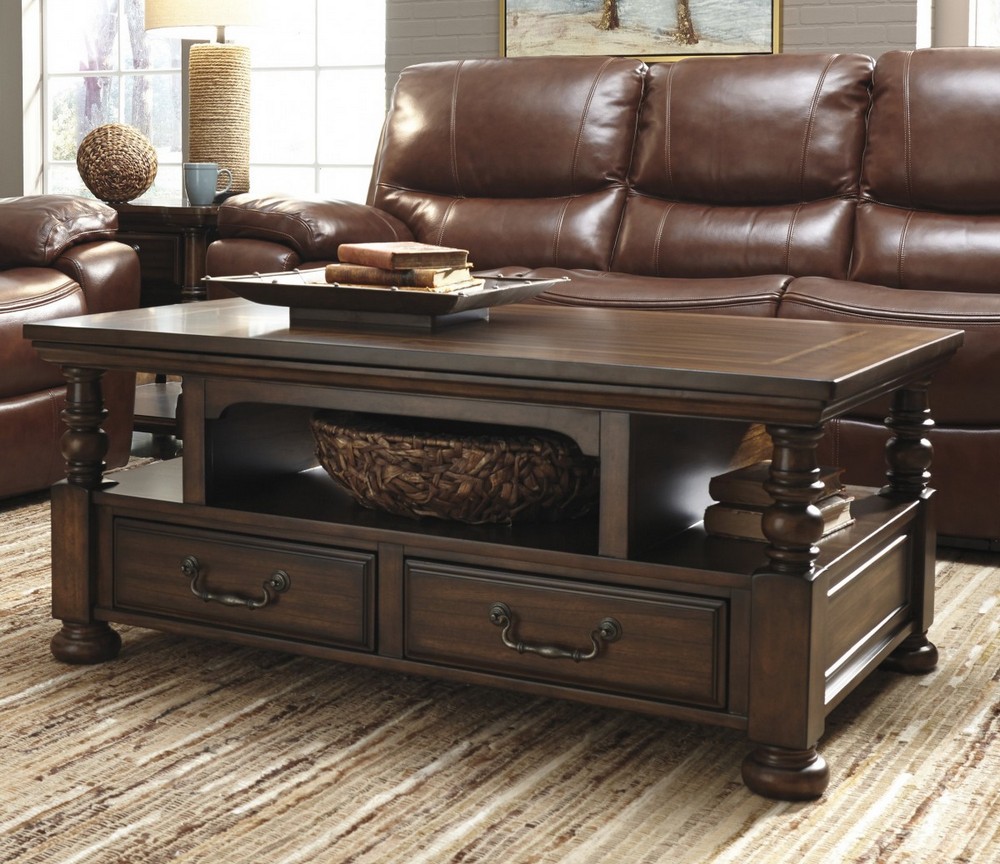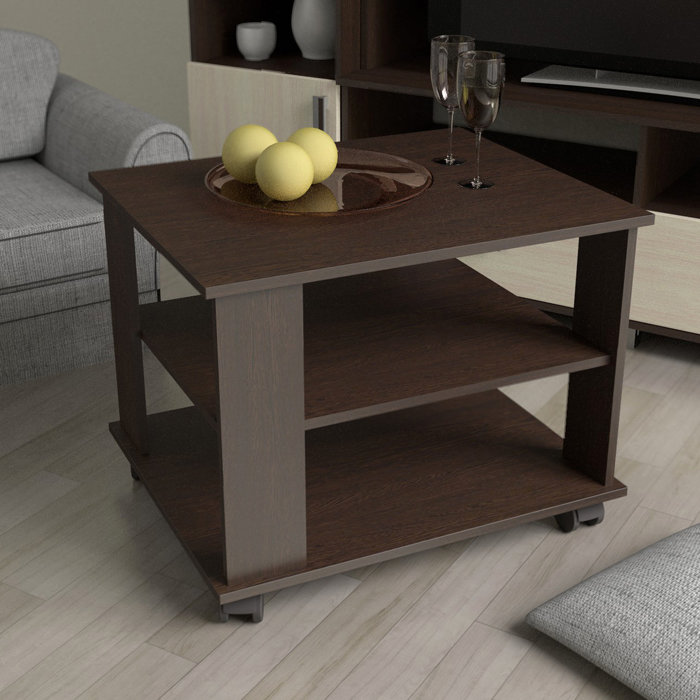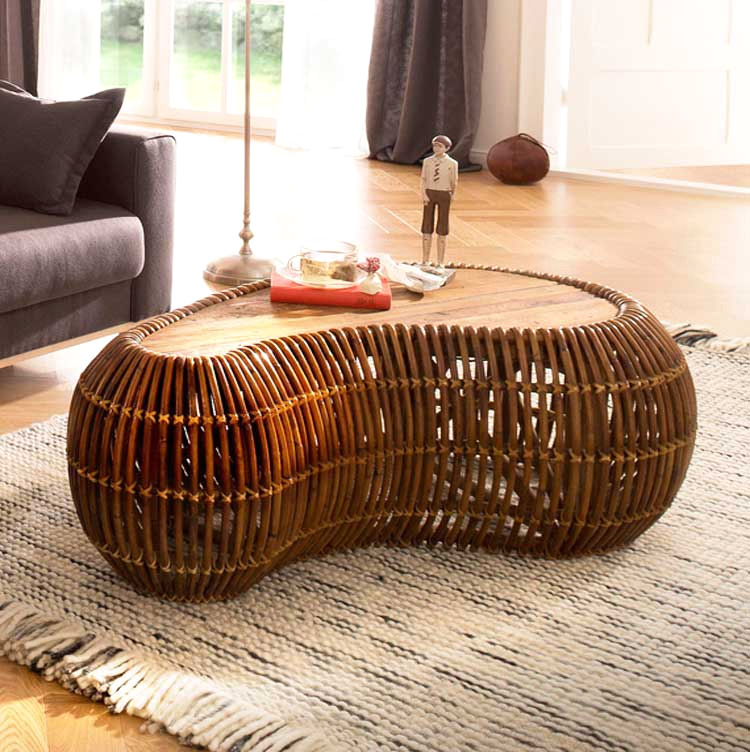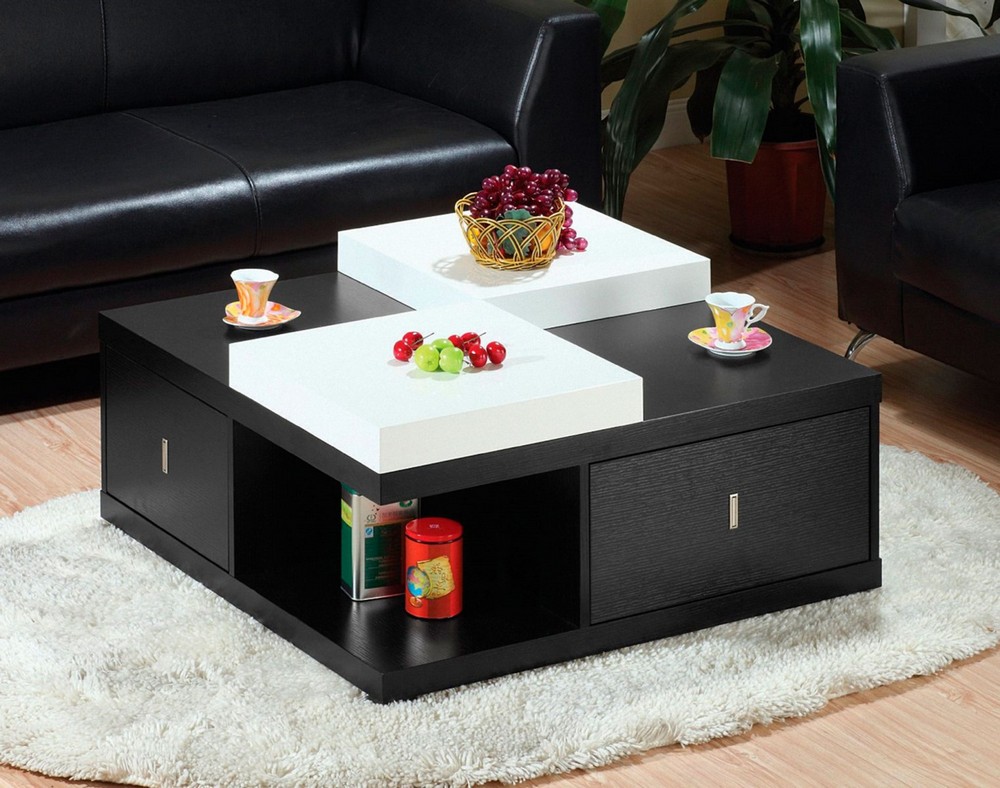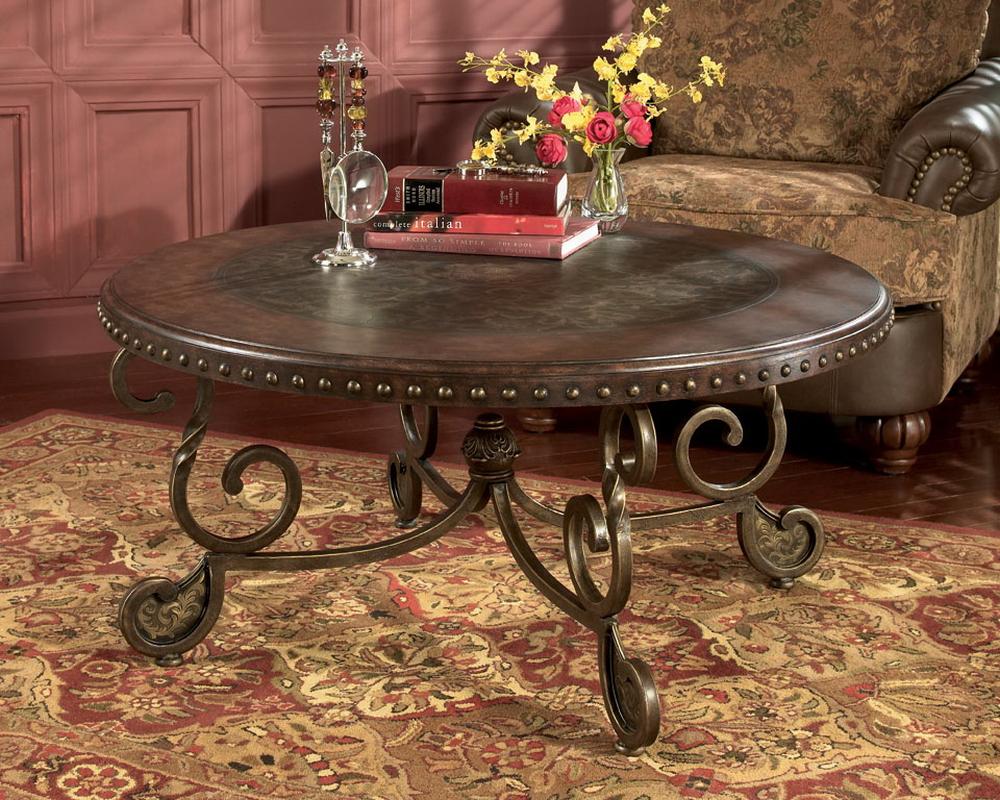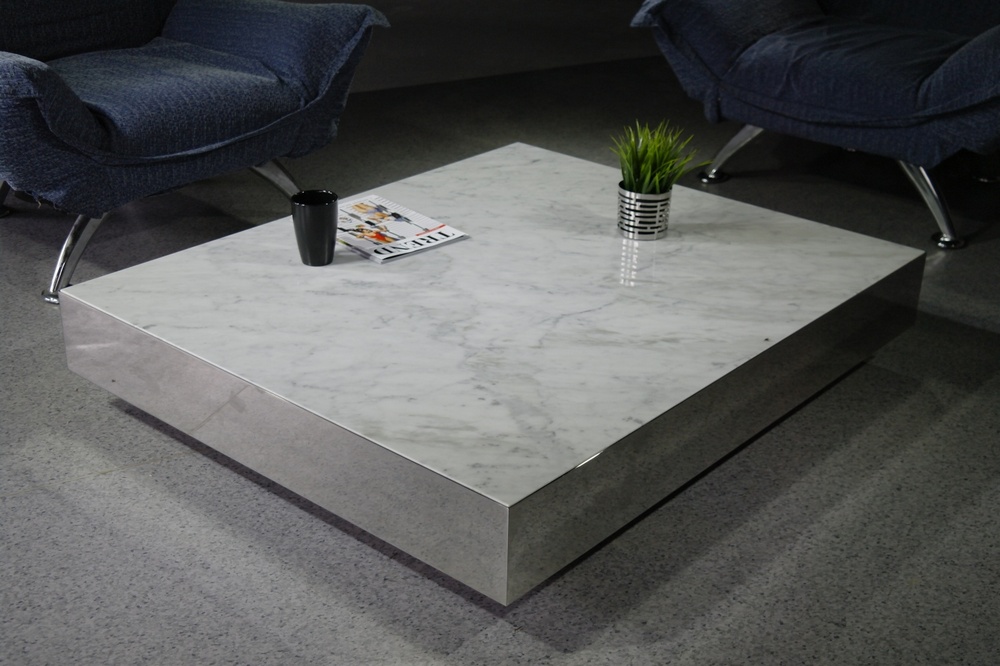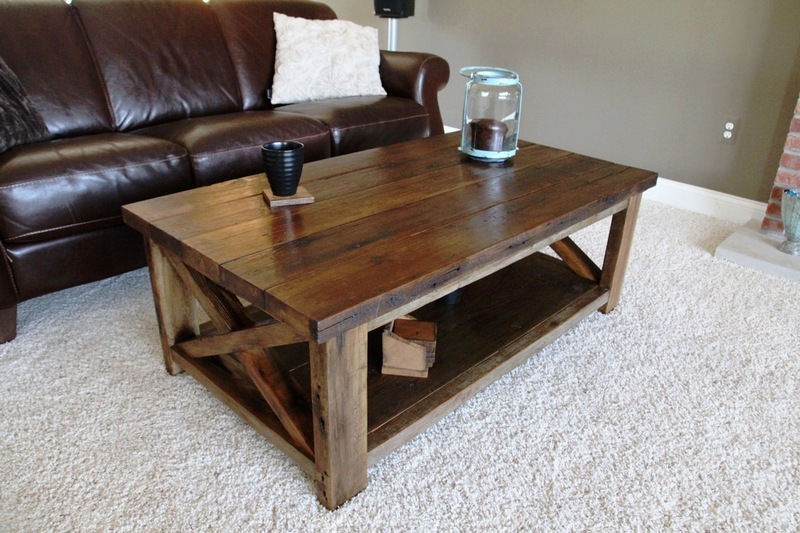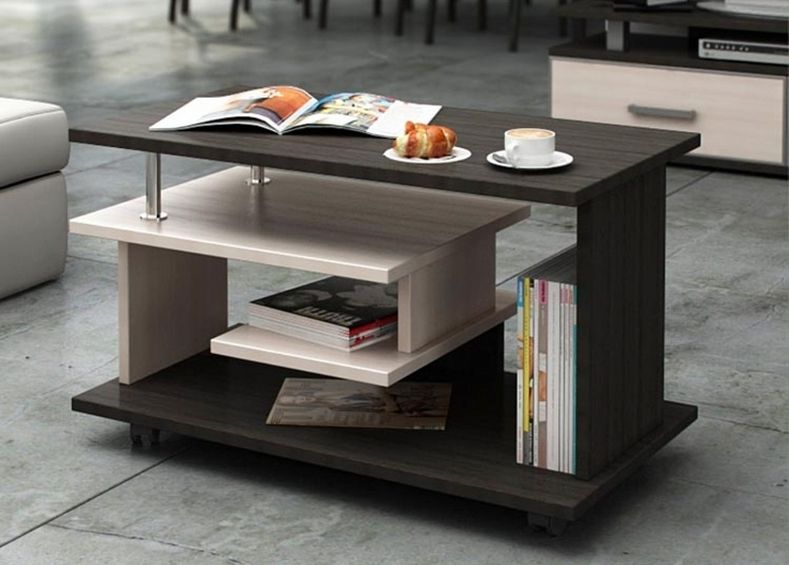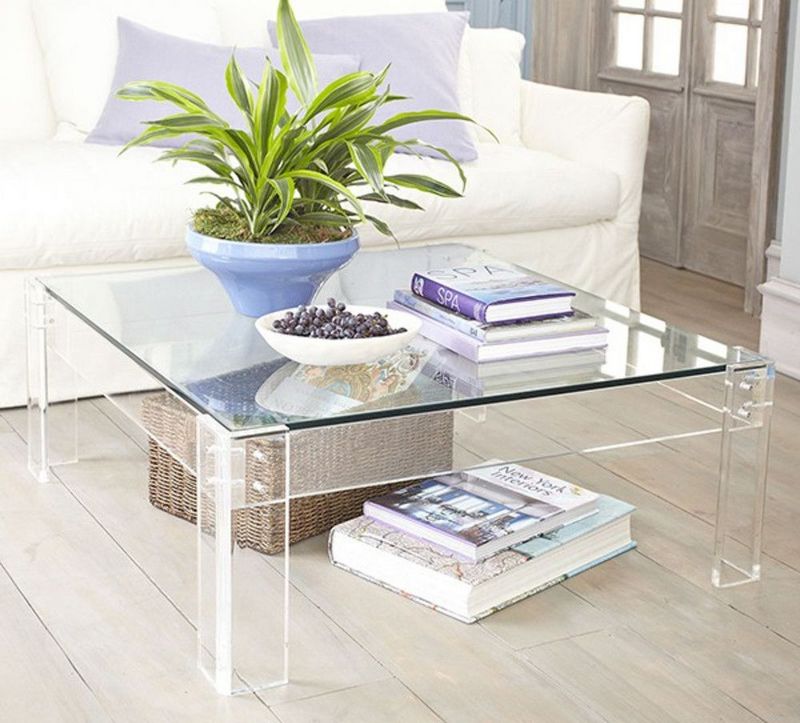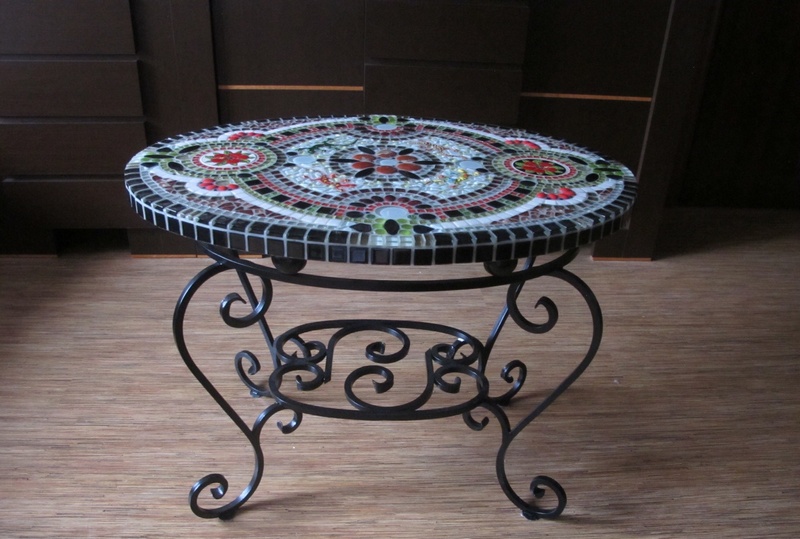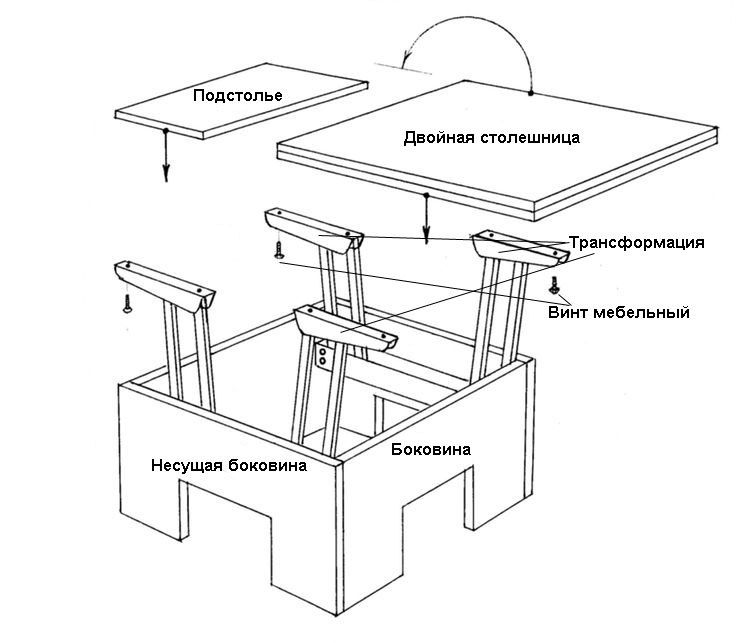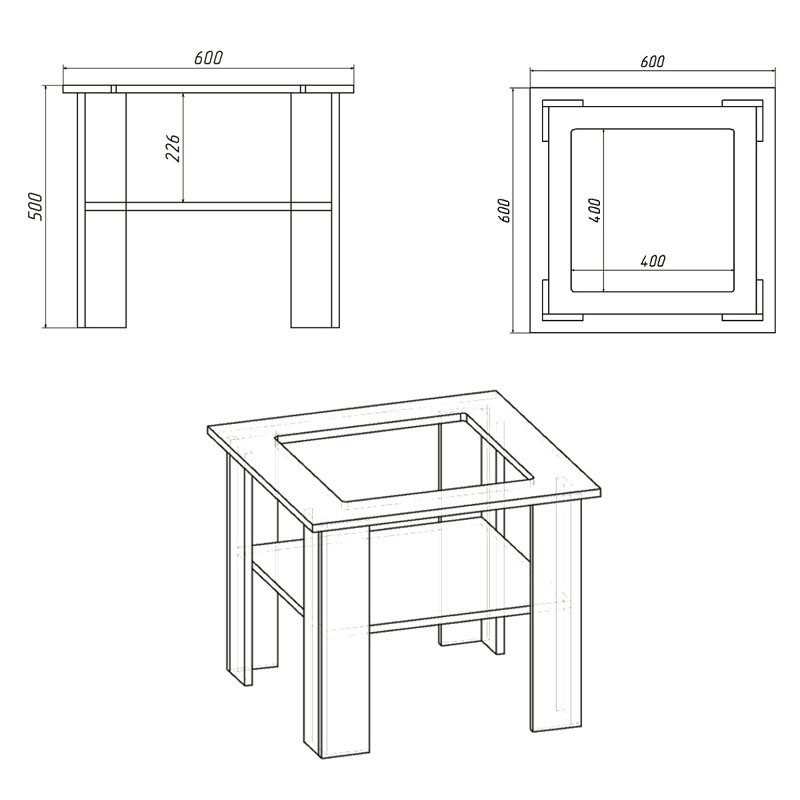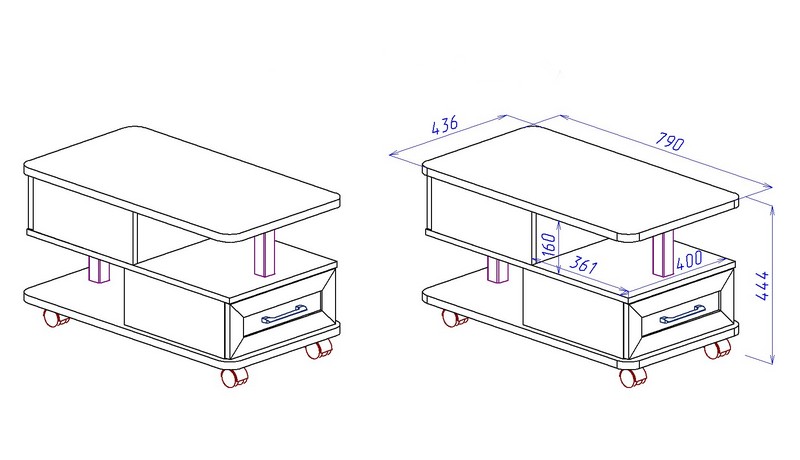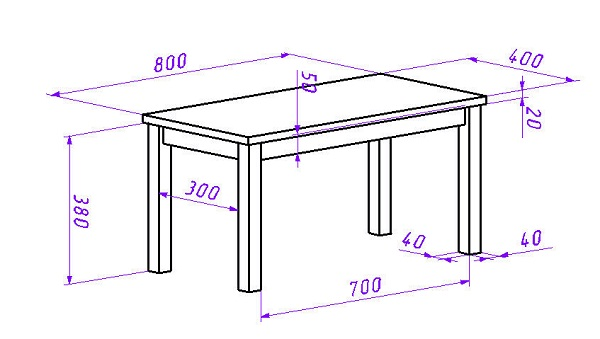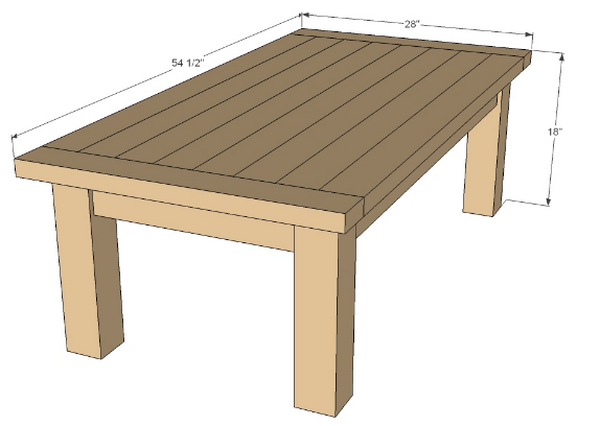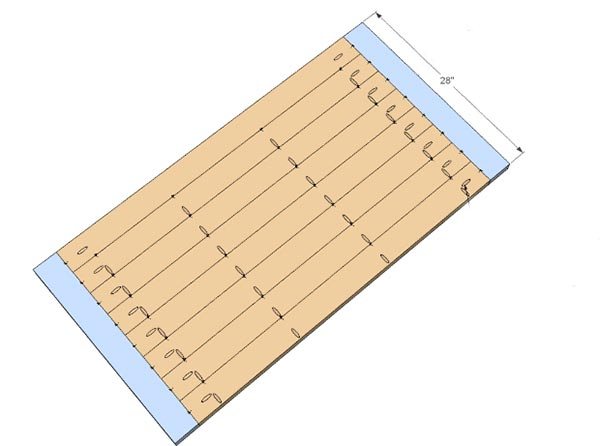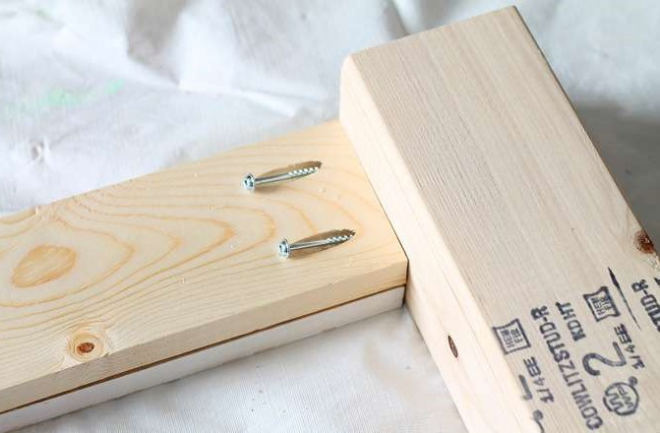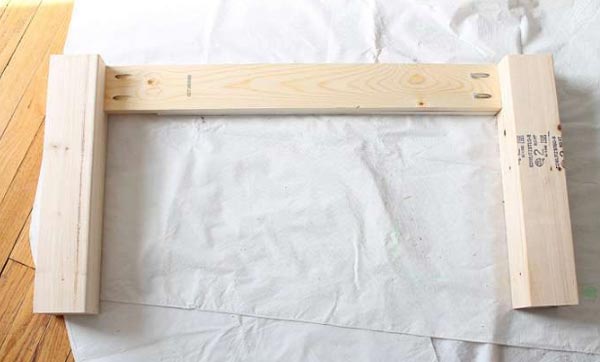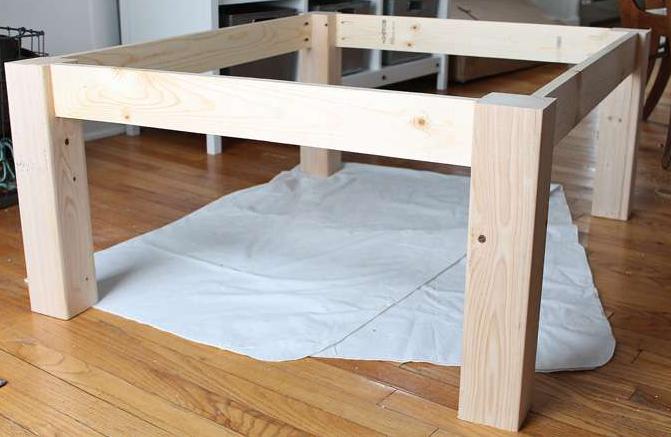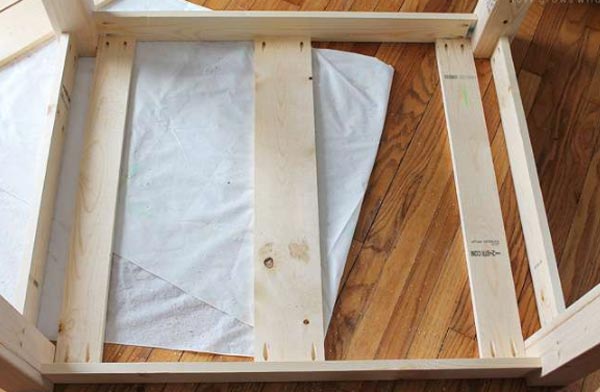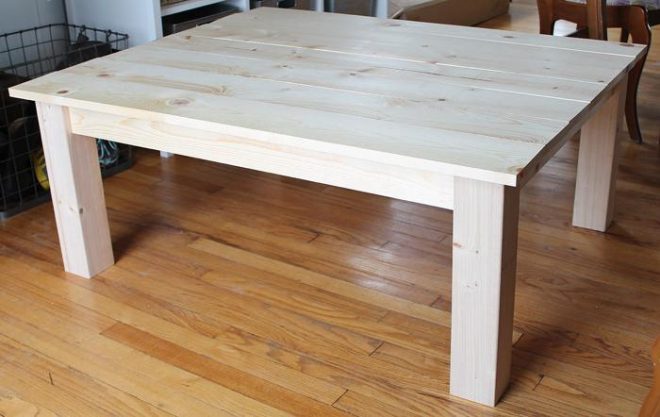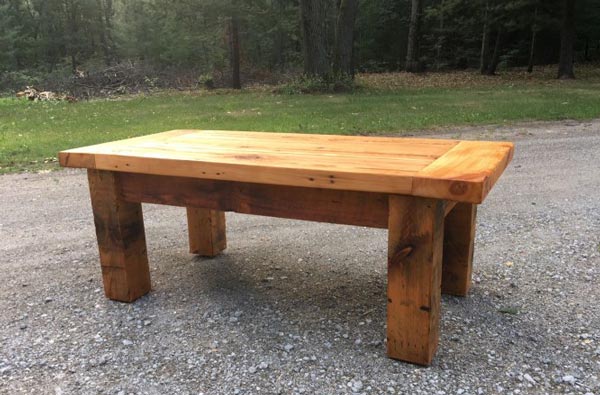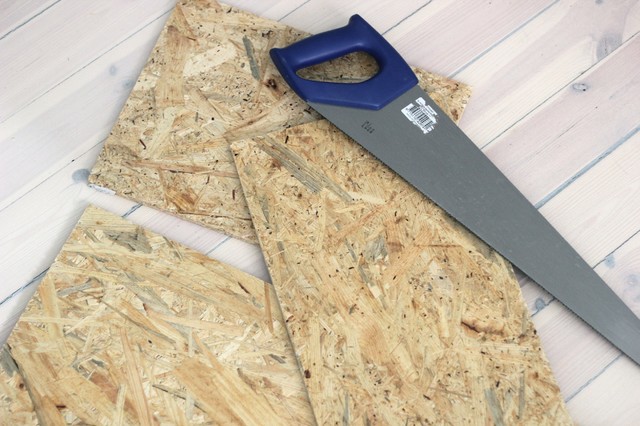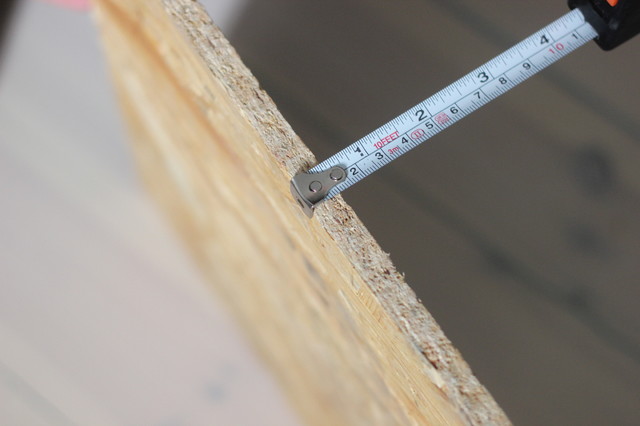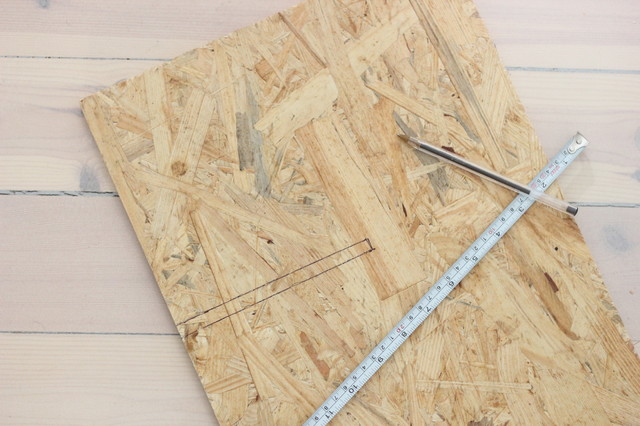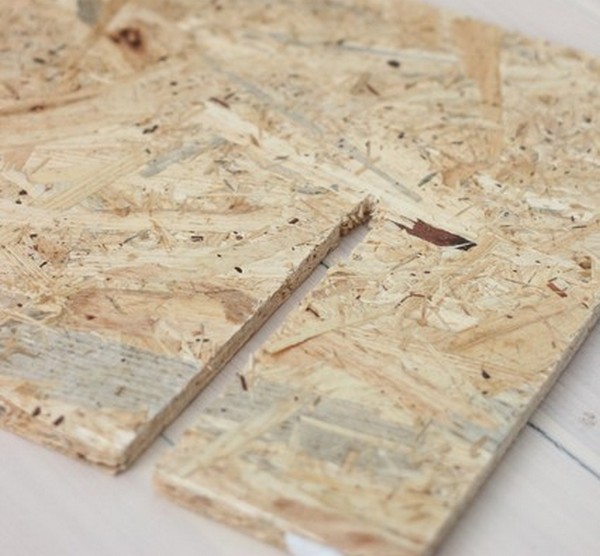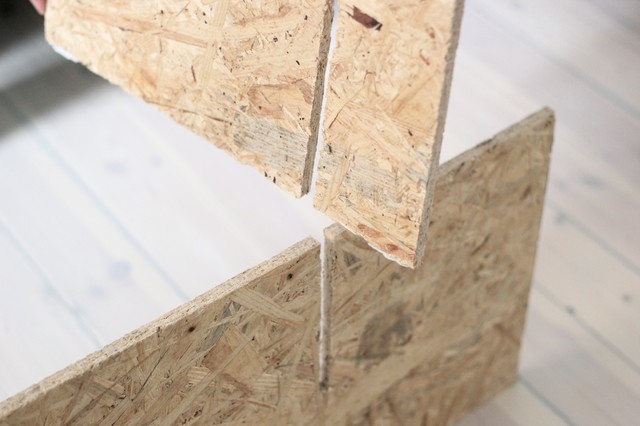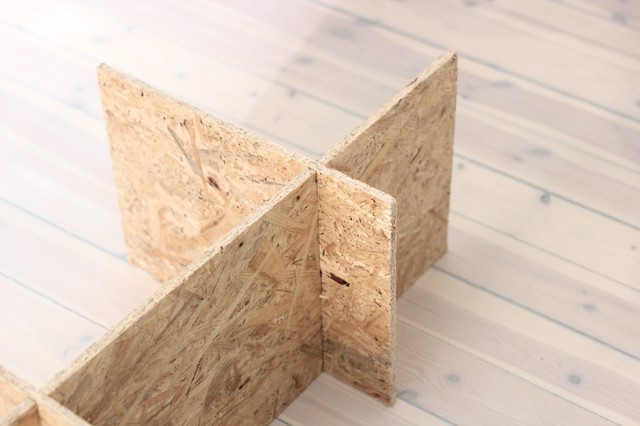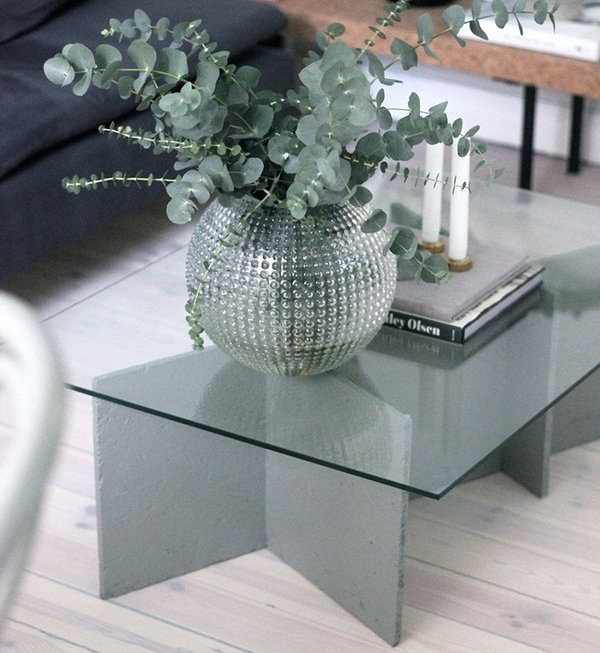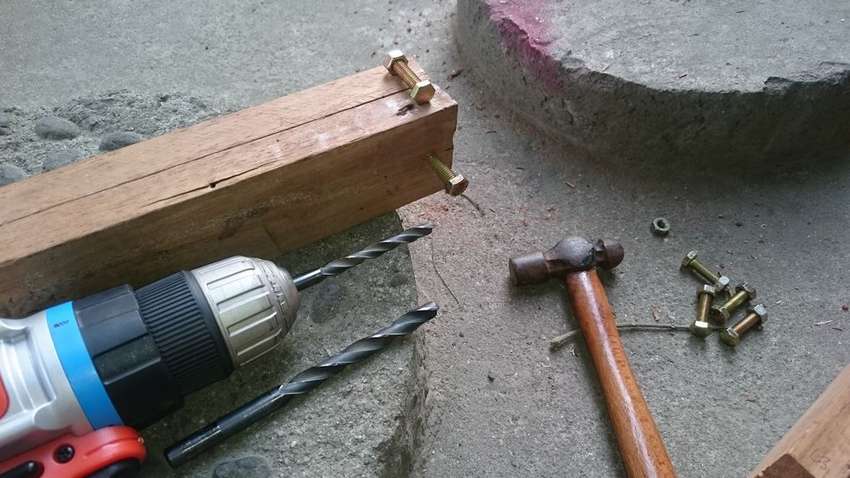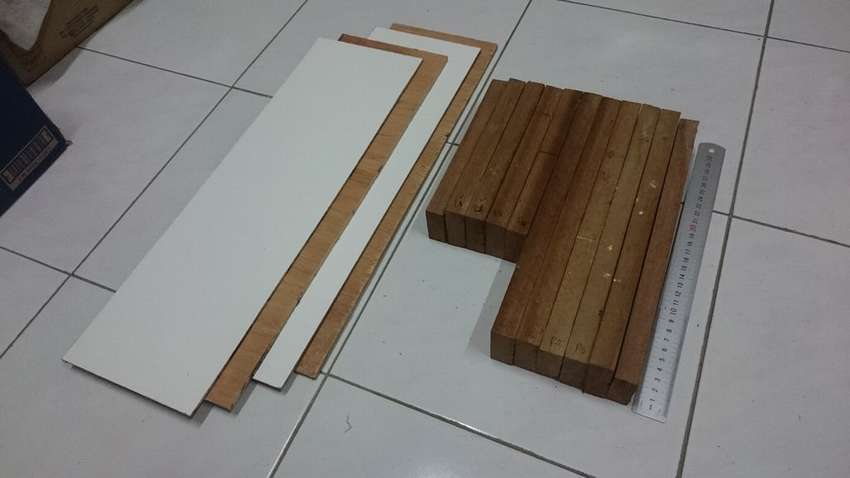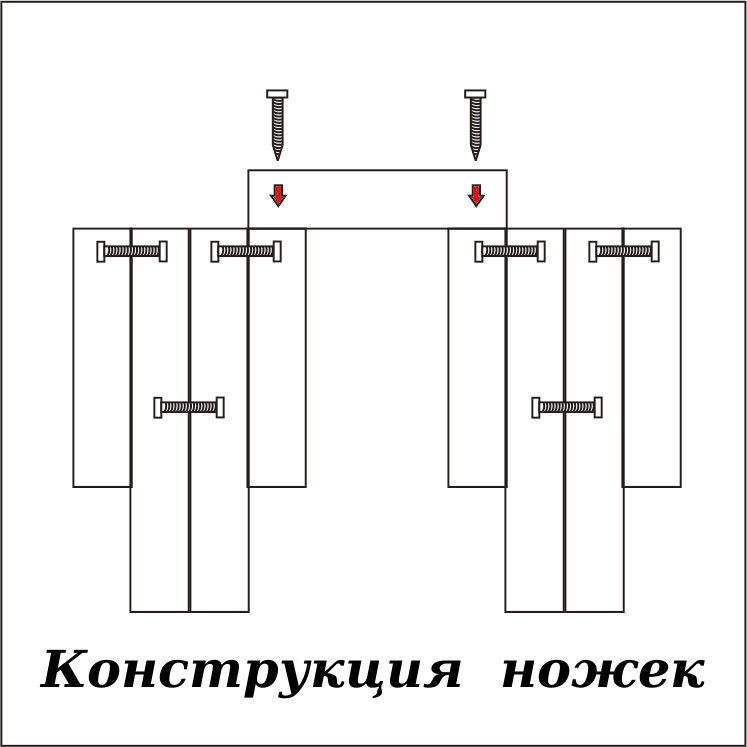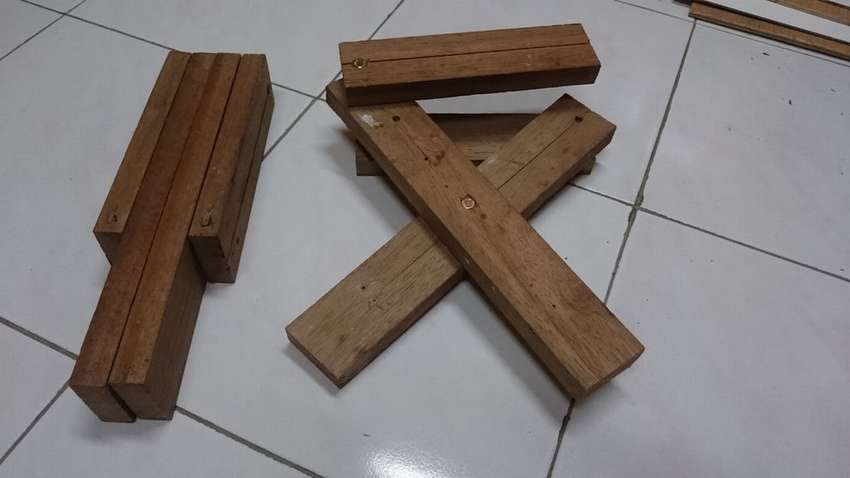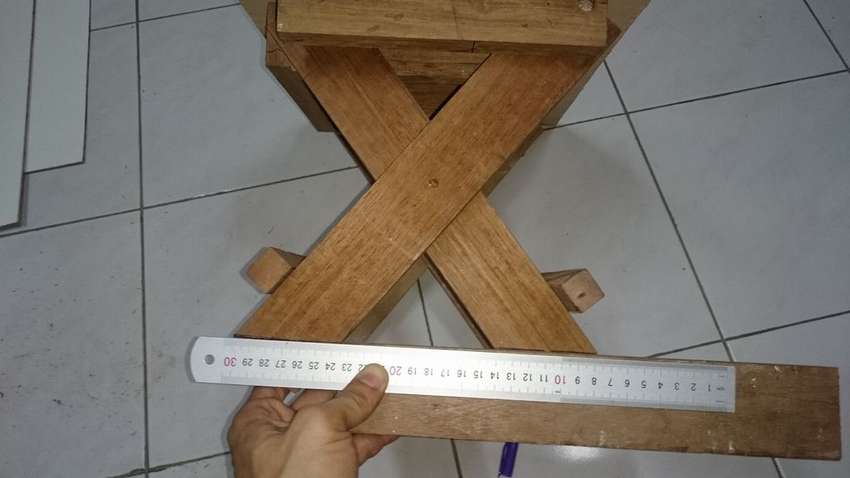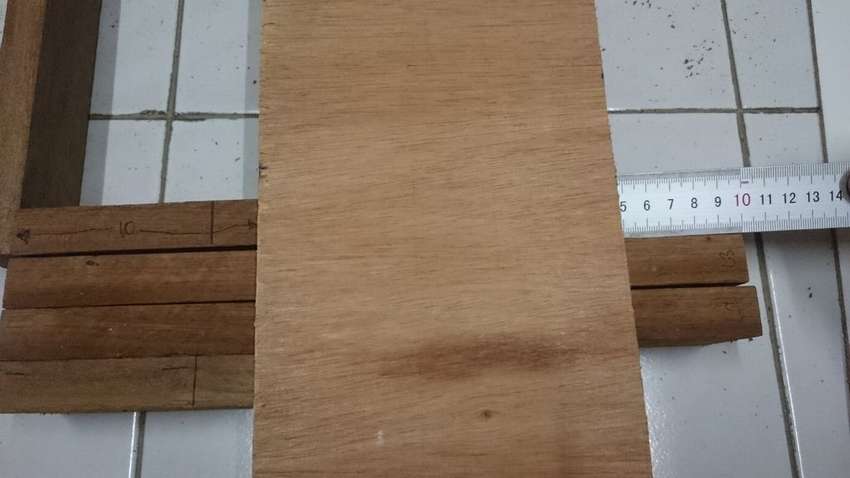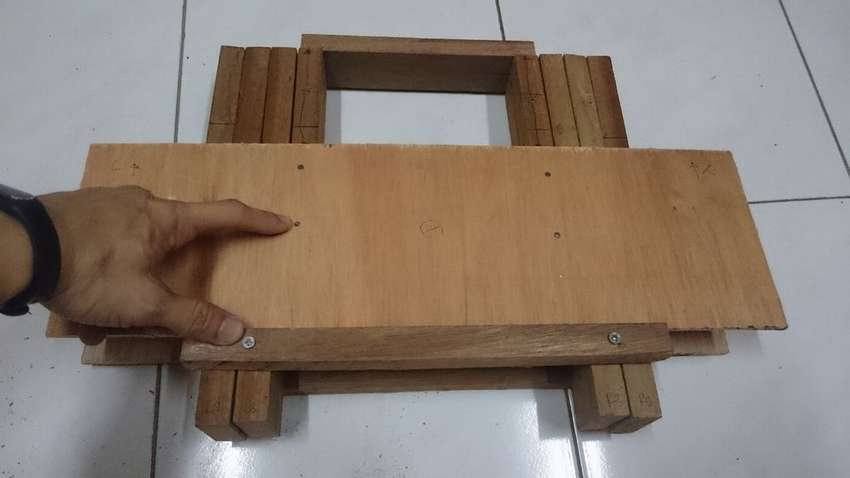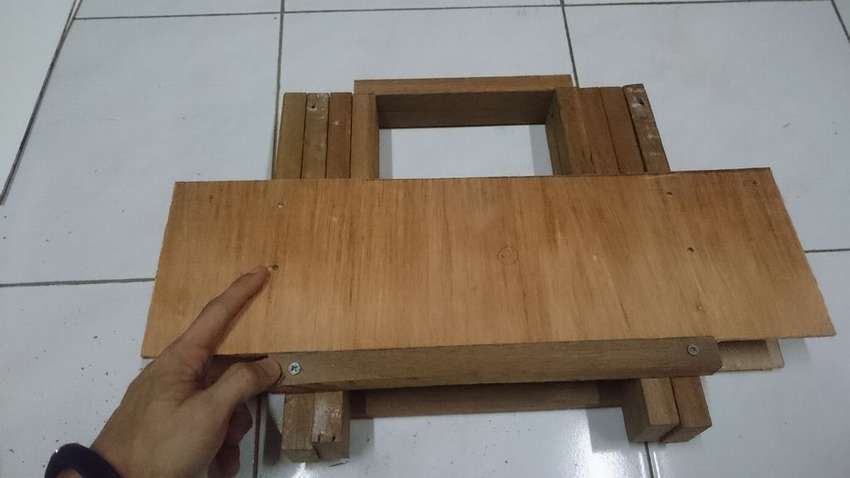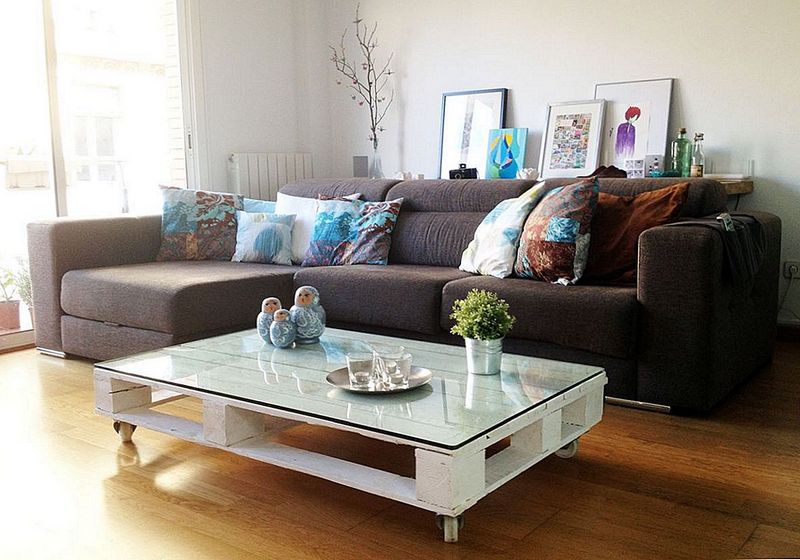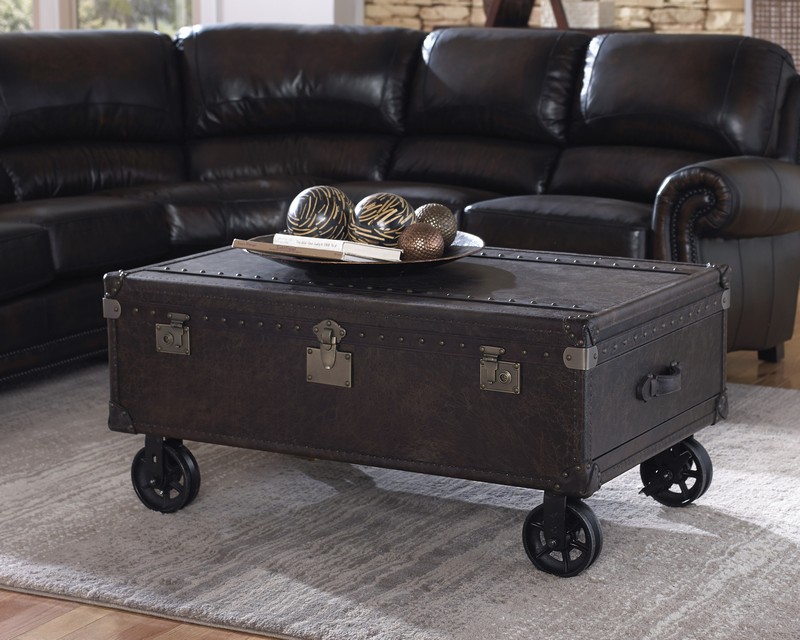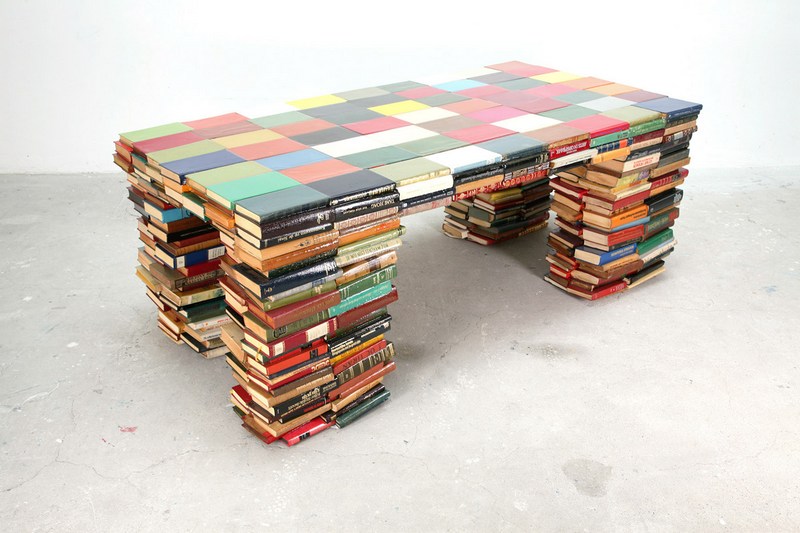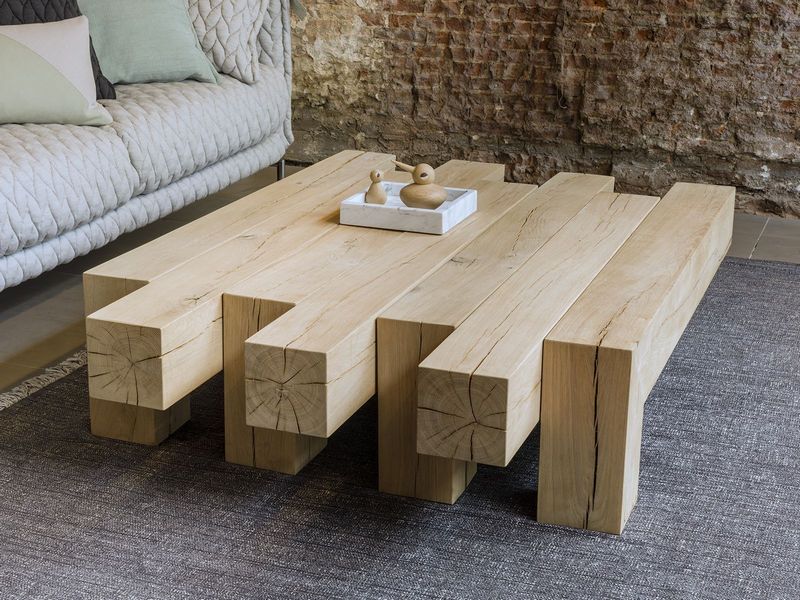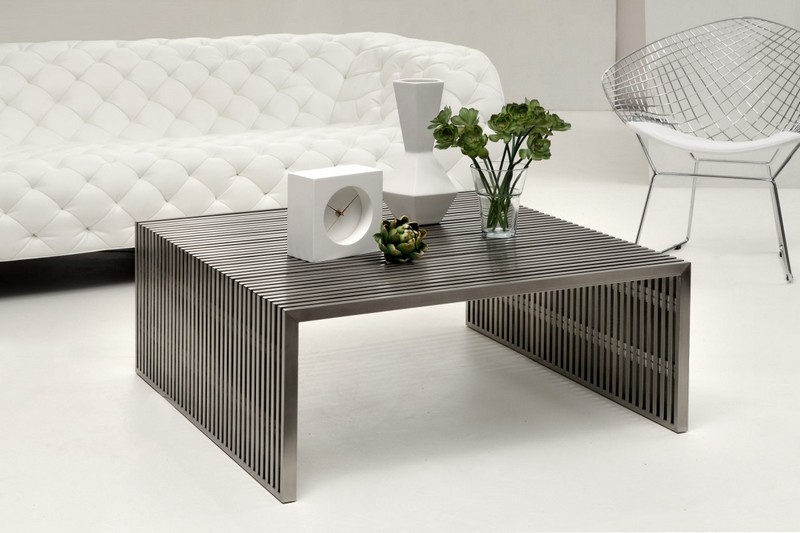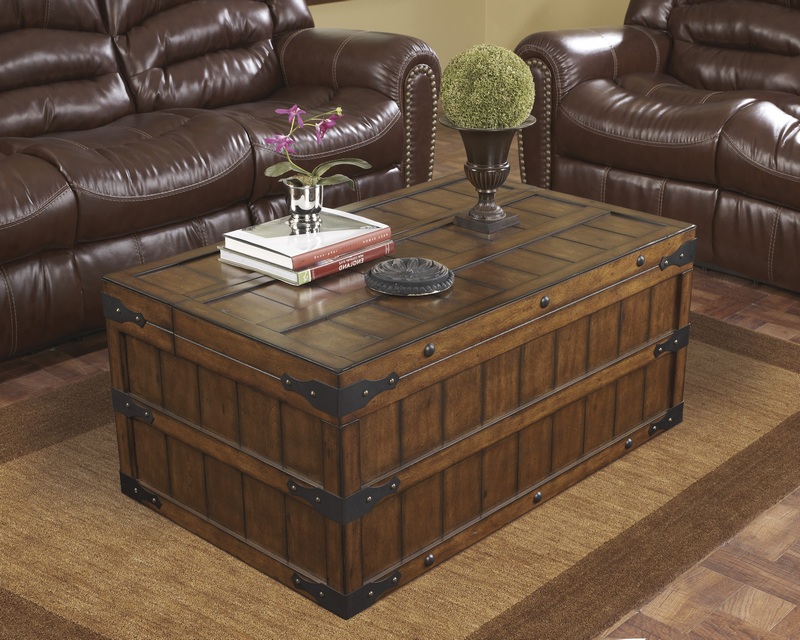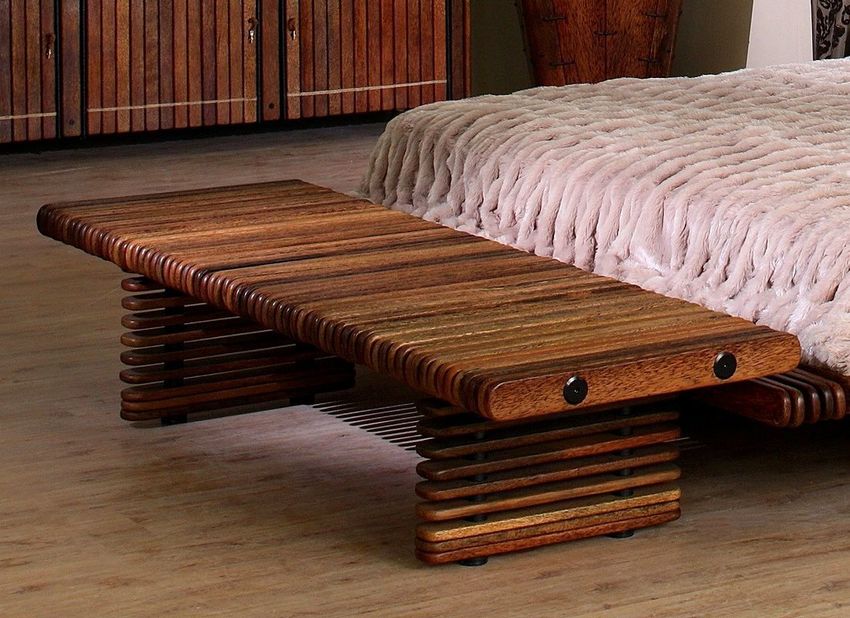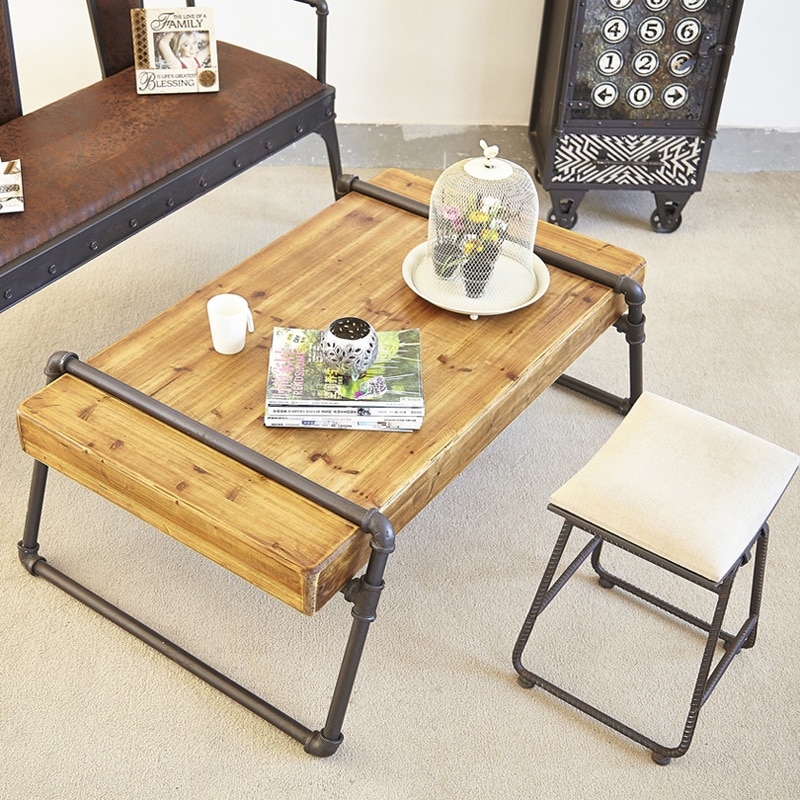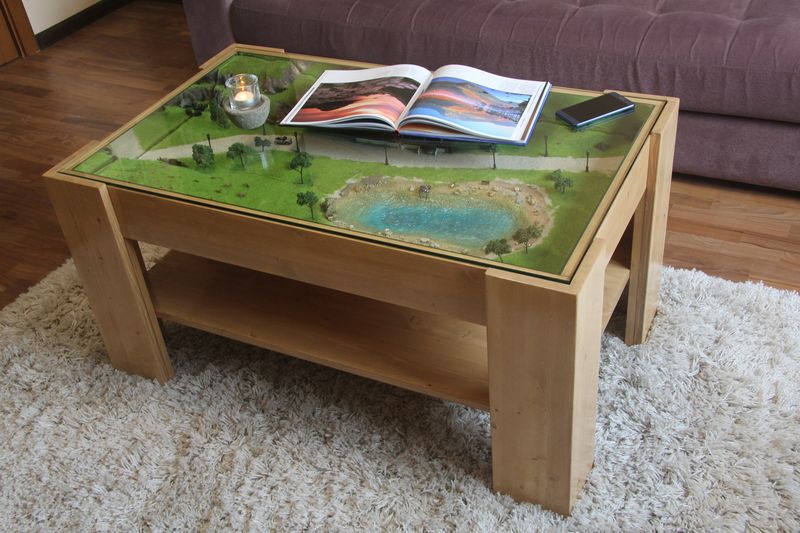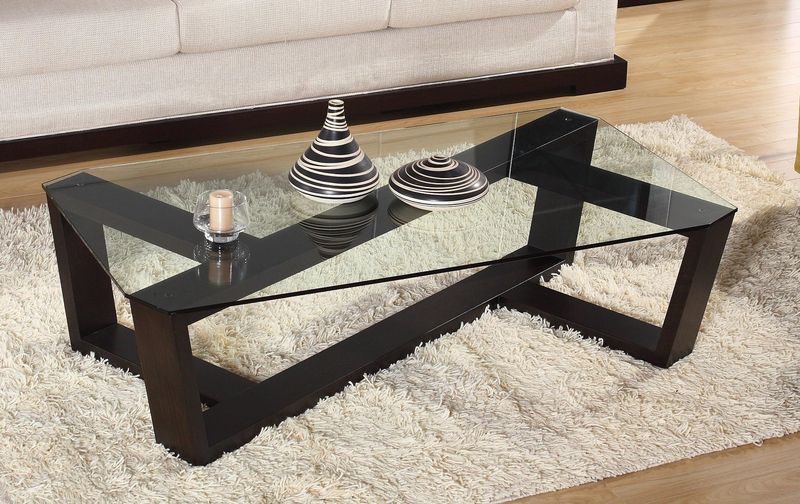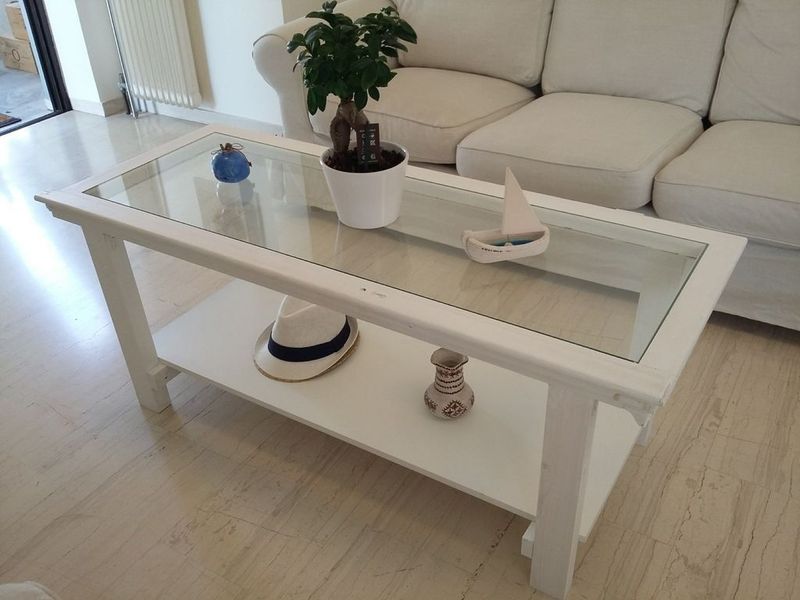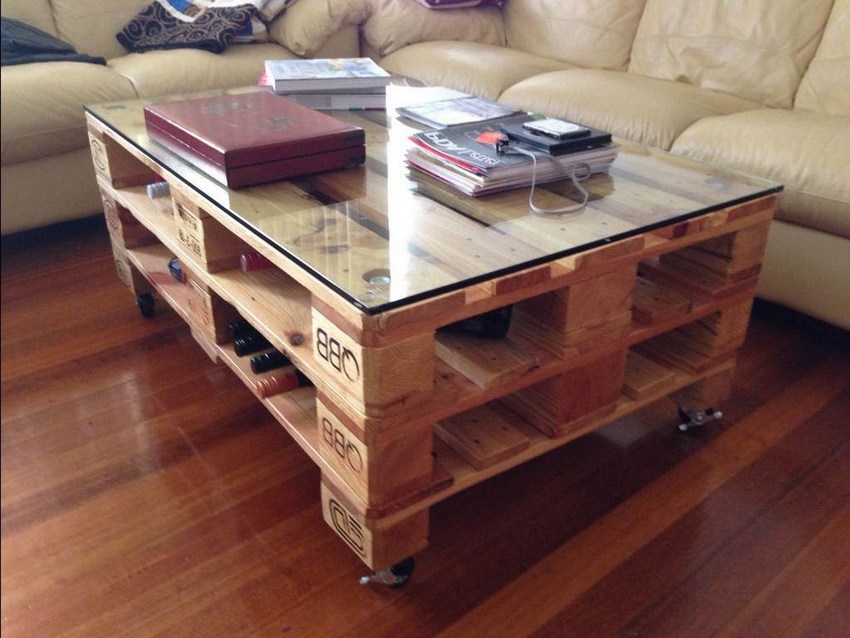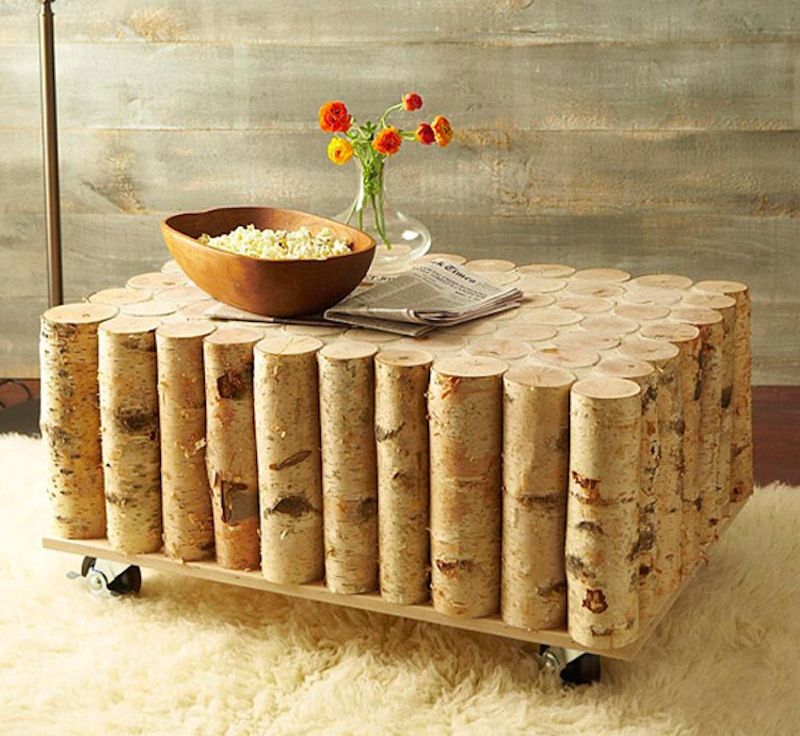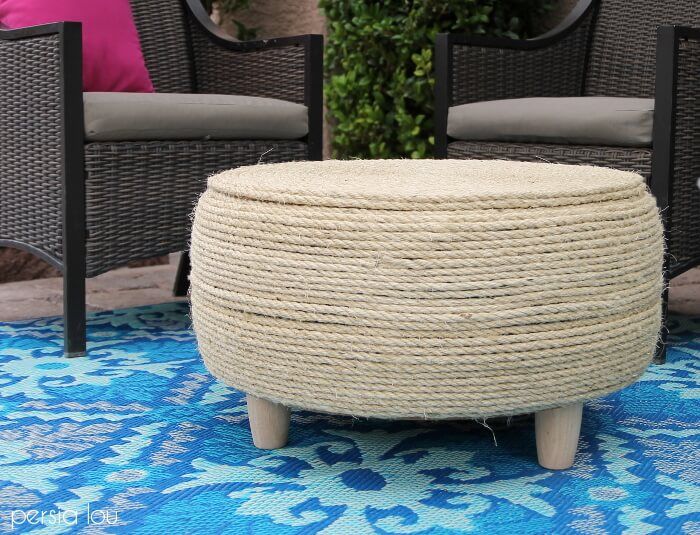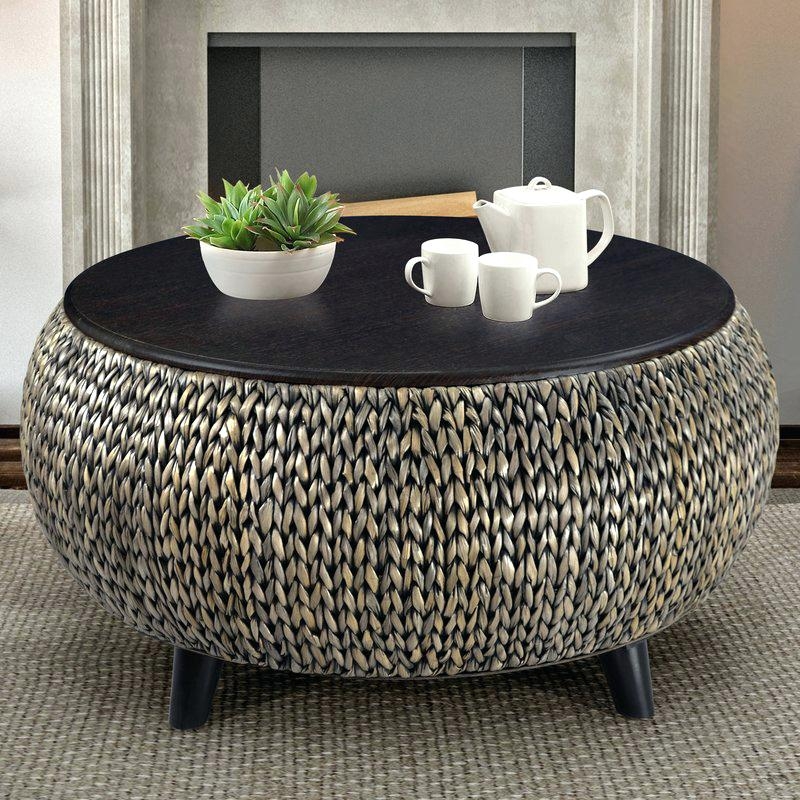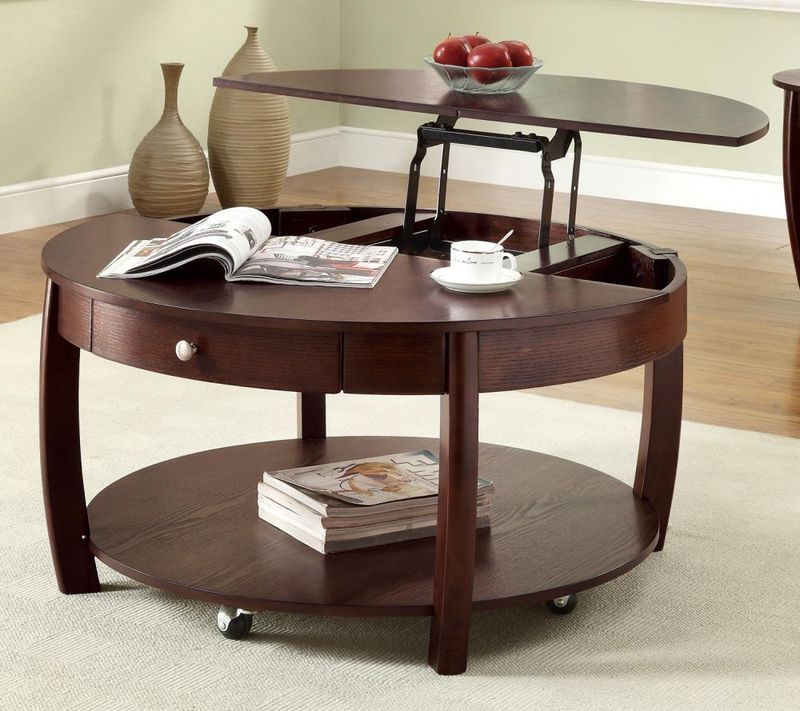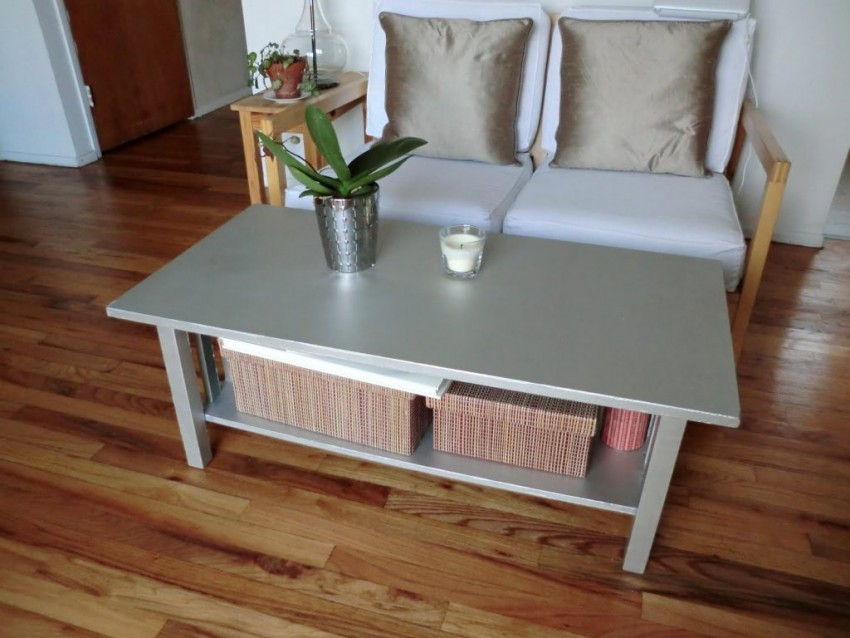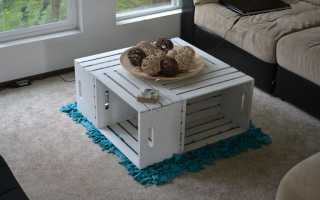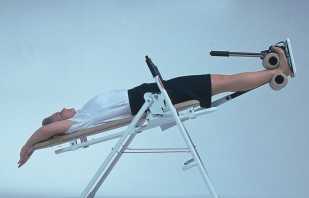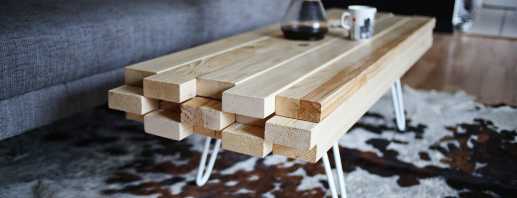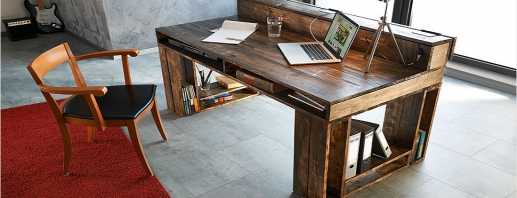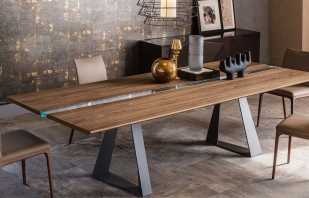Interesting ideas for creating a do-it-yourself coffee table
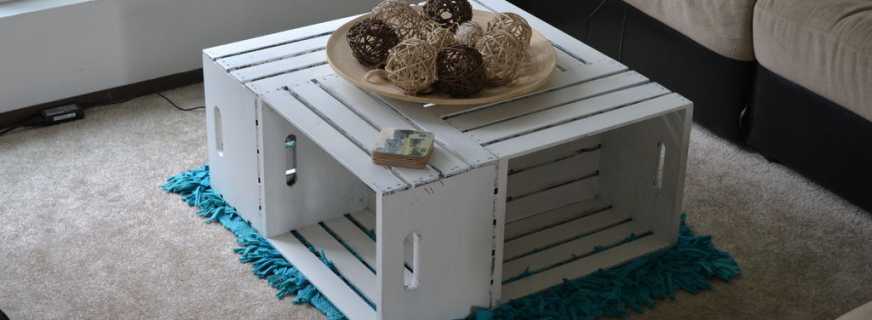
Recently, designers have insisted that it is worth giving preference to the most rational atmosphere of living rooms. It is not recommended to clutter up the space with unnecessary elements of the interior. A bright and at the same time useful piece of furniture in the living room, study, bedroom is a table that has many names - coffee, coffee, bedside. And if you make a coffee table with your own hands, it will look even more interesting and unusual. Surely few can boast of a similar product.
Content
Design features
Initially, newspapers, magazines, mail were stacked on small tables, from where their name came from. Now the paper press is not so popular, but the coffee table does not lose its relevance. It brings comfort, allows you to organize various little things (remotes from electronics, books), serves as an accent of the interior. The advantage of creating your own furniture at home is saving money, uniqueness, the ability to adapt it to your requirements.
Depending on the purpose, design and other factors, there are several types of tables:
- Magazine. Used for reading books, press. It is equipped with shelves or compartments for their storage.
- Coffee (tea table). Fundamentally does not differ from the classical in terms of design, but has a large height. It allows you to conveniently arrange cups, other utensils, use furniture for tea drinking or lunch.
- Pinned (attached). It is carried out in the form of an inverted letter "P". The design allows you to put it close to the sofa - the countertop is located directly above the seat.
- Serving. Equipped with wheels and several shelves. Can be used as a stand or for tea drinking.
- Transformer. In this model, you can adjust the parameters of height, length, width. The transformer quickly turns into a dining table, workplace or storage system.
- Stand. It is distinguished by its small size and the presence of a strong leg. On such a table you can put a flowerpot, sculpture, other decorative elements.
- Kit. It consists of several objects of the same type, but of different sizes. In the initial form, the tables are pushed on top of each other according to the principle of nesting dolls, but can be used separately.
The table top of the coffee table may have a different shape - square, round, oval, rectangular, triangular or arbitrary. The use of each model in the interior has its own nuances. As the base, a stand or legs can be used. Furniture with a cupboard serves as an additional space for storing various things. Most constructions are stationary, serving models are equipped with wheels. This makes it easy to move them around the room. Additional equipment can be represented by shelves, drawers.
In order for the table on castors to be stable, special clamps are required.
Selection of dimensions
A table with dimensions of 40-50 cm in height is considered traditional. This is the optimal parameter, allowing you to conveniently sit next to him on a chair, puff. If we are talking about special models, for example, coasters, the height is 60–65 cm. It is recommended to take into account the parameters of upholstered furniture - the table should not be higher than the sofa or chairs next to which it is located. The length and width of the countertops are on average 120 and 60 cm, respectively. According to the standard, the higher the design, the larger the countertop can be, however this is not a strict rule. For specimens with round or oval surfaces, there are no serious size restrictions. The exact table should be selected according to size, after having previously measured the height of the upholstered furniture, next to which it will stand.
In size, a self-made coffee table should correspond to the area of the room. Even the most original, but too small models will become inconspicuous elements in the space of the room, and an instance of large sizes will take up a lot of space and interfere with movement around the room. The outlines of the rest of the furniture are also taken into account - the table should organically blend into the style. In the living room, square tables of different heights are often preferred. If you need a more capacious model, you should choose a rectangular option. A round coffee table is considered universal due to the variety of dimensions. Also, such products are preferable if there are small children in the house, due to the absence of sharp corners.
Classic workmanship
You should compare the materials for making coffee tables with your own hands to highlight the most optimal options.
|
Material |
Benefits |
disadvantages |
|
Tree | The tree is easy to care for. Solid wood furniture is environmentally friendly, has a pleasant to the touch surface, is suitable for most interior styles. Carved object - a real work of art |
It has a high cost, does not tolerate high humidity, is susceptible to mechanical stress. |
|
Chipboard |
Affordable cost, chipboard has a variety of colors and textures |
Like wooden tables made of chipboard are deformed under the influence of moisture. The material is unsafe in environmental terms. |
|
Rattan |
It has all the advantages of wood, which are added moisture resistance, low weight. Distinguished by a variety of design solutions |
High price |
|
MDF |
Affordable, durable enough, non-toxic |
May be damaged due to severe stress. |
|
Glass |
Inexpensive material with attractive appearance. Visually increases the space. Fits harmoniously into a modern interior | A self-made glass coffee table that is difficult to maintain. The surface quickly collects dust, fingerprints. Unstable, makes an unpleasant sound when in contact with dishes |
|
Metal |
Reliable, strong, durable. It can be used as separate decorative elements of the table. | It is difficult to use in most design styles - the material is appropriate in rooms with a high-tech design. Cold, unpleasant to the touch. Has a lot of weight |
|
A rock | It has a spectacular appearance and reliability. The artificial stone is easy to care for, it is lightweight and less expensive. |
Natural material expensive, has significant weight |
|
Leather (for countertops) |
Has a respectable appearance | It is difficult to care for the skin. Natural material is expensive |
|
Plastic |
It is cheap, lightweight |
Plastic coffee tables have low strength and are aesthetically unattractive |
To create a coffee table, it is preferable to choose a tree, its less expensive analogues or glass - these materials are the easiest to process.
Base
For the manufacture of a coffee table, consumables will be required (in accordance with the drawings), as well as basic tools:
- drill, drill;
- hacksaw for wood or metal;
- jigsaw;
- hammer, level, tape measure;
- file;
- screwdrivers.
To make a metal base of the table is not so simple. It is necessary to have special equipment, as well as knowledge and skills in working with metal. To make a table with your own hands relatively simple, you can use various types of wood as a base (legs or curbstones) - beams, solid wood or joinery. Cheaper analogues are also possible - chipboard furniture, plywood. The advantage of these materials is that it is not difficult to work with them; complex equipment is not required. You can also resort to creating a table from a furniture board.
Countertop
In addition to the above materials, in the manufacture of countertops, you can use tiles or mosaics as finishes, as well as glass. The use of ceramic tiles has its own nuances. So that in the end you do not have to cut it, it is recommended to lay the tile on a flat surface from the center to the edges. Thus, the final parameters of the countertop will already be known - you can make its base of wood with your own hands. Mosaic decoration is characterized by a similar process, but in this case, it is worth starting to stick the elements of the pattern from the outer edge. First you need to lay out the mosaic without the use of glue in order to adjust the pattern if necessary.
To simplify the decoration of the coffee table with tiles, you should initially lay it out on a flat surface, determine the final shape, pattern, and only then make the countertop according to calculations.
To make a coffee table with your own hands in glass, you should give preference to hardened material. So the strength will be an order of magnitude higher. The optimum thickness of the glass surface is 5–8 mm. It is possible to use acrylic glass if the coffee table will not be subjected to large mechanical stresses. There are two ways to process the edges of a glass surface: polishing and facet. Polishing is an indispensable part of the processing, it allows you to make the edges perfectly smooth. The facet is an additional procedure in which the edge is cut at an angle of 45 degrees. There is no significant practical difference between these methods, but the facet looks more attractive.
Work with drawing
To create unique models of tables, you will have to develop drawings yourself, but it is easiest to use a ready-made scheme, adapting it to your needs. The main thing is to choose the right drawing. It should clearly display every detail of the future interior item with clear designations of measurements. If there are a lot of parts, they should be numbered and placed next to each other in a separate list. Also, the drawing shows the connection places of the parts, the presence of gaps, indents, the type of fastening of the elements to each other is indicated. It is important to select a drawing based on the selected materials for the coffee table, as the schemes may vary.
The next step is detailing. It is necessary to carefully consider the drawing and highlight all the necessary details of the future table, write out their parameters, and at the same time determine the required fasteners. At the last preparatory stage of assembling a coffee table, you need to check the correctness of the details by checking your notes with the drawing.
How to do it yourself
Making a coffee table with your own hands is not difficult, if you have at hand a high-quality, thoughtful drawing, as well as a basic set of tools and the ability to use them. In addition, you can resort to the help of master classes with a detailed description of the work process.
Wooden
To work, you need a small list of tools:
- jigsaw or saw;
- sandpaper;
- screwdriver;
- level;
- felt-tip pen (pencil) for marking.
The following materials must be prepared:
- wooden beam 1.6 m long, 40 x 40 mm;
- planed board 3.2 m long, 10 x 20 mm (countertop);
- planed board 3 m long, 50 x 20 mm (drawer);
- self-tapping screws;
- paint (or varnish);
- putty (for wooden coatings).
You can create a do-it-yourself plywood coffee table with your own hands - just replace the countertop boards with it, cutting out the surface of the required size.
Step-by-step production of a wooden structure takes a little time. To make this model of a coffee table, you need to perform several actions:
- Trim the boards, bars to the desired parameters. Each leg should be 38 cm long, 80 cm for boards for the countertop, 70 and 30 cm for the drawer.
- Having turned over the design, you can proceed to the assembly. Fixture of elements is carried out by self-tapping screws, which are screwed obliquely. The base is ready.
- We cut boards with parameters of 50 x 20 mm into parts of 30 cm, fasten to the base with self-tapping screws at the same distance. These are jumper structures.
- We fix the countertop to the frame using self-tapping screws. It is best to do this from the inside for an aesthetic appearance. On all sides, the surface of the table protrudes 1 cm at the edges.
- The final stages of processing a coffee table made of timber - sanding with sand and grout putty. They provide a smooth surface.
- All surfaces are cleaned of debris.
To give the wooden surfaces of your own hand-crafted table an aesthetic appearance, you can use varnish or paint for interior decoration.
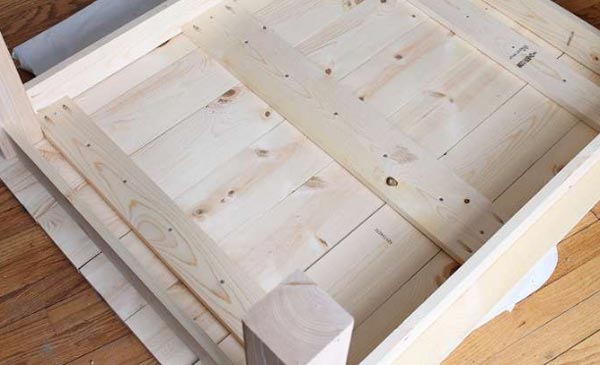
Glass
To make a glass coffee table with your own hands, you will need materials and tools:
- glass plate 65 x 90 cm;
- saw;
- 2 panels of plywood, wood or OSB 40 x 30 cm;
- 1 panel of the same material 90 x 30 cm;
- saw or jigsaw;
- roulette;
- pencil.
It is important to comply with the specified parameters and follow the instructions:
- Measure the width of the panel used to create a table of plywood with your own hands.
- Draw sections on the blanks, due to which the panels will be attached to each other. The width of the slots corresponds to the width of the panel, and the length corresponds to half its width.
- It is necessary to cut gaps according to the drawings.
- Assemble the base of the structure. If necessary, you can adjust the panels by tapping them lightly.
- Polishing and painting the base for decoration.
- Installation of a glass surface on a frame made.
Glass can be put directly on the frame without additional fixing - the use of glue is optional, since the countertop is heavy and holds firmly to the frame.
Folding
The list of materials details the main elements of the future folding table, as well as the required fasteners:
- plywood 45 x 15 cm - 2 sheets;
- laminate 45 x 15 cm - 2 sheets;
- bar 30 x 5 x 1 cm - 6 pieces;
- bar 20 x 5 x 1 cm - 5 pieces;
- glue for plywood;
- screws - 8 pieces;
- bolts and nuts - 6 sets;
- nails.
Despite the apparent complexity of the work, the list of tools is minimal:
- hammer;
- drill;
- ruler, pencil.
When creating a simple folding coffee table from a laminate with your own hands, the main thing is to assemble the structure correctly:
- Align five elements of 20 cm and four of 30 cm. Connect the parts on the hinges with bolts and nuts.
- Run screw fasteners for carrying furniture.
- The distance to the hole at the top is a quarter of the width of the bar. The rest (second, third) bars are connected vertically, horizontally. The third and fourth are attached at the top. They must have a swivel mechanism. The remaining legs are attached in the same way.
- We produce portable handle fasteners.
- Strengthening the legs is carried out by 30-centimeter bars.
The folding table can be folded at any time, freeing up space. Exposing it to heavy loads is not recommended.
Craft Ideas
In addition to the use of classic materials, you can also use improvised. A home-made coffee table of this type is considered especially fashionable and stylish in modern design, it can become a work of art. As a basis, you can use the most unexpected options. Among them, the following materials should be noted:
- Pallets You can use several pallets or one with additionally attached legs. It is processed by paint or varnish. No additional countertops required.
- Suitcases. The surface serves as a tabletop at the same time, while the inside serves as a place to store. You can attach regular or folding legs.
- Books. Used as the base of the table. The more books, the higher the design. Often stacked in an uneven stack. Look best with a wooden worktop.
- Wooden bars. There are many options - with shelves, drawers. A wooden coffee table can be equipped with a glass top.
- Radiators It looks interesting in a modern interior, it can be put on the kitchen or balcony. Often found in the form of a main accent - the radiator can be coated with bright paint, supplemented with glass.
- Chests. An unusual version of the coffee table with a cupboard, with antique finish, an additional place to store things.
The coffee table is a versatile piece of furniture that can be used in almost any room. The variety of sizes, shapes, materials used is huge. You can create your own masterpiece even from improvised means. It is enough to have a creative approach and carefully think through the whole course of work.


